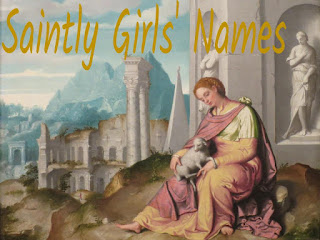Valentina
St. Valentine inspired the holiday defining February, Valentina's Day. There was another saint from the third century with a feminization of his name: Valentina.
Valentina, like its masculine counterpart, emerged from the Old Roman "valens," meaning "strong." It has been used in Italy, Spain, and Russia since the Middle Ages. Even though it entered English usage in the seventeenth century, it did not become common until recently.
Valentina has been used for five American girls as early as 1897. It entered regular usage in the 1910s. However, Valentina never made the top 1000 until 1994. Valentina Tereshkova, who became the first woman to visit space in 1963, might have impacted the name's use. With the rise of Olivia and Isabella, parents also took interest in lacy multi-syllable girls' names. Valentina made the top 100 in 2017 and has ranked there since.
Valentina is also popular in Australia, Canada, and England. It is used in several international languages, including Austrian and Portuguese, as well as remaining a hit in Italy and Spain. If these paired with regal associations, Valentina would be a classic. However, it has none.
Valentina has the lacy feel of Isabella and the international usage of Aurora. These ingredients, along with a meaning of "strong," make Valentina a popular hit with widespread appeal.
VARIANTS:
Valentine
NICKNAMES:
Val
STYLES:
Elegant, Italian, Lacy, Latina, Saintly, Slavic
SISTERS:
Anastasia, Camila, Giselle, Lorelei, Natalia, Paloma, Rafaela, Vivienne
BROTHERS:
Adriel, Dante, Emmanuel, Giovanni, Leonardo, Maximilian, Sebastian, Xavier
ALTERNATIVES:
Donatella, Katerina, Martina, Renata, Seraphina, Verona, Vienna, Viviana
What do you think about Valentina?




Comments
Post a Comment